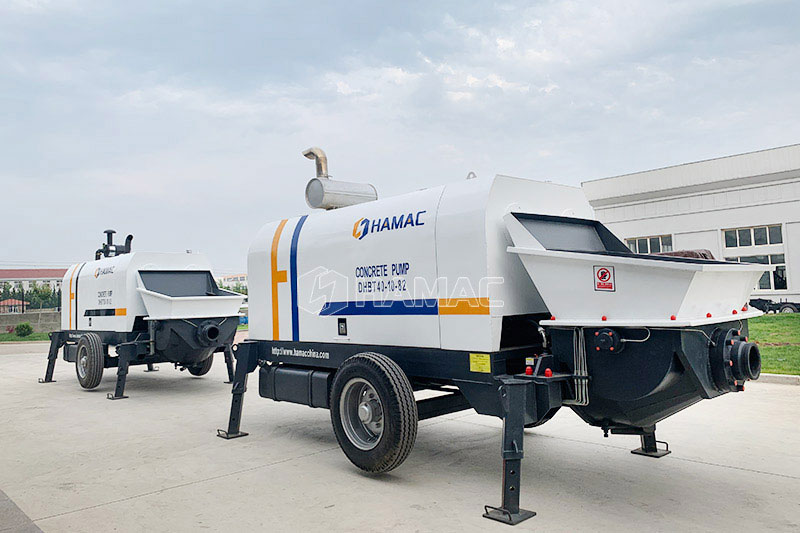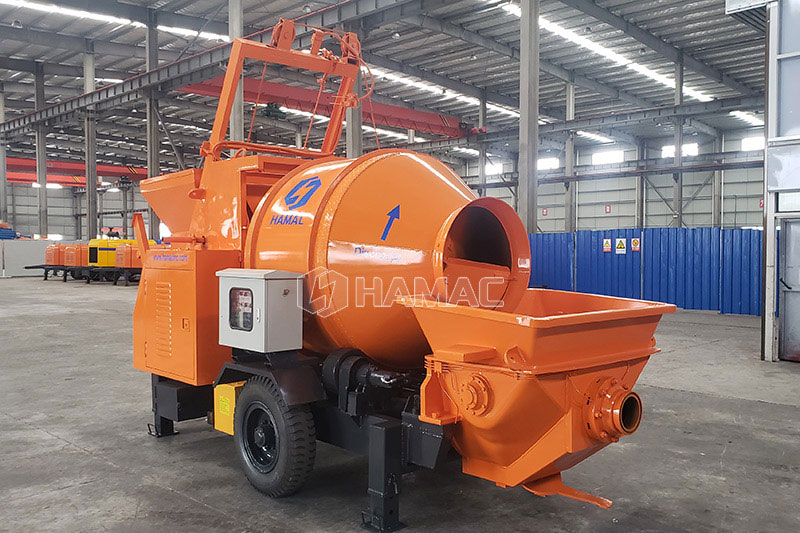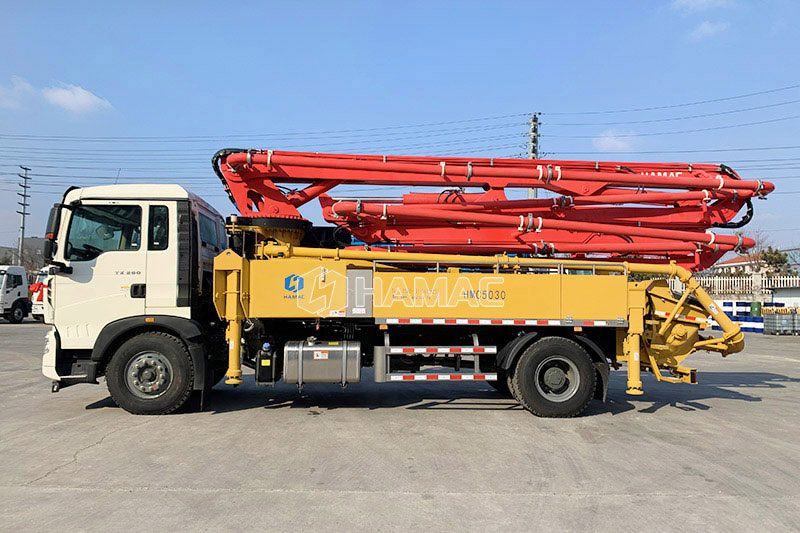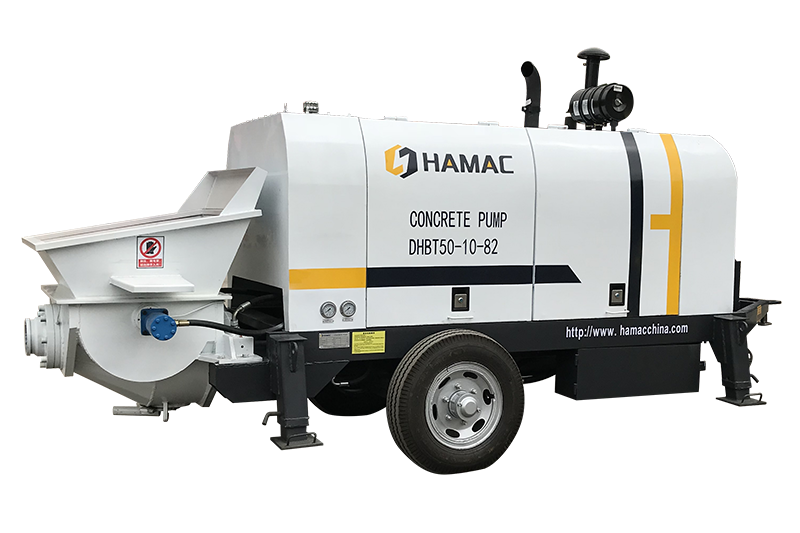
Portable Concrete Pump for Sale
Portable concrete pump, as the name suggests, is a convenient mobile concrete pump equipment, which consists of a trailer and a pump mechanism, which can be easily moved between different construction sites. This kind of equipment can quickly complete a large number of concrete delivery tasks in a short period of time, thereby improving work efficiency. We can provide trailer concrete pumps, trailer-mounted concrete mixer pumps, and concrete pump trucks of various specifications. Contact HAMAC for the best quotation now.
Why Choosing Portable Concrete Pump for Sale
High flexibility. Only needing a tractor, they can be combined and moved flexibly to adapt to different construction sites and concrete delivery tasks.
Large conveying capacity, high production efficiency and productivity. With a portable pump, concrete can be delivered directly and precisely where it is needed, reducing labor requirements and increasing overall work speed. This efficiency not only saves time, but also allows the construction team to complete projects under tight deadlines.
Versatility and mobility. Portable concrete pumps are suitable for a variety of construction projects. They can be easily transported from one location to another to accommodate a variety of construction sites with varying access points and terrain conditions.
Easy to operate. The operation of the trailed concrete pump is so simple that only one operator is needed to do all the work.
Easy maintenance. The portable trailer-mounted concrete pump has a simple structure and is easy to maintain, which can reduce the cost of use.
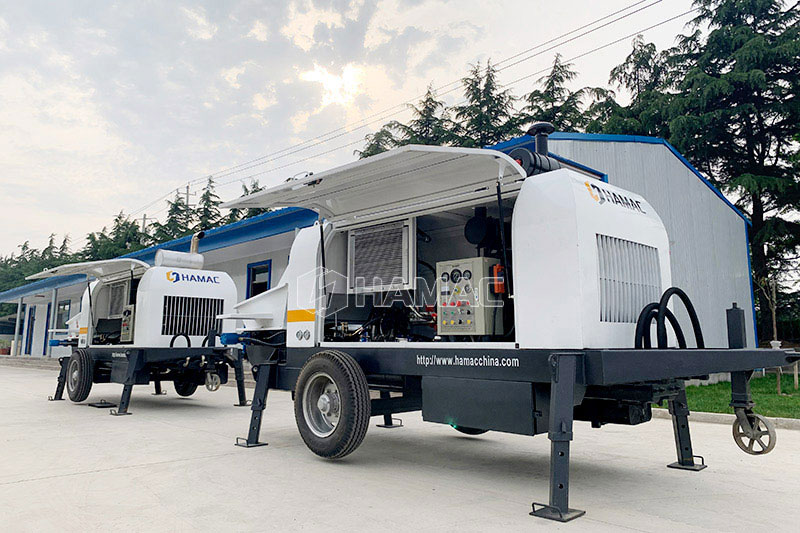

Types of Portable Concrete Pump
- 30-90m³/h as options
- Famous brand hydraulic parts
- High and low pressure conversion
- Diesel engine type and electric motor type
- Drum mixer and twin shaft mixer as options
- Can pump 70m high, 300m horizontal distance
- 30-70 meters as options
- Famous brand hydraulic parts
- High and low pressure conversion
What Size Concrete Pump Do You Need for Your Project
Concrete yield. It is critical to assess the amount of concrete required for a project within a specific time frame. Estimate the approximate hourly or daily concrete demand to determine the required concrete pump capacity. This will help ensure that the pump can efficiently deliver the required amount of concrete, minimizing delays and optimizing production rates.
Vertical and horizontal distances. Consider the height and distance the concrete needs to be pumped, taking into account any obstructions or challenging terrain. Longer distances and higher altitudes may require pumps with higher pressure capabilities and longer distances. Evaluating the site layout and understanding the pumping requirements will help determine the proper concrete pump size to handle the necessary pumping distances.
Pumping pressure. Pumping pressure is the force required to move concrete through the pipe. Different projects may require different levels of pumping pressure, depending on factors such as distance, height and viscosity of the concrete mix.
Concrete mix ratio. The properties of the concrete mixture, including its slump, aggregate size, and viscosity, affect pump selection. Certain mixtures, such as those with higher slump or larger aggregates, may require pumps with larger cylinders and greater pumping capacity. You are welcome to consult our technical staff at any time to ensure that the pump size meets the specific requirements of your concrete mix design.
The construction period of the project. If you’re on tight deadlines, choosing a pump with a higher output rate can help keep your project running more efficiently. On the other hand, for smaller projects or projects over a longer period of time, a pump with a lower output rate may be sufficient.
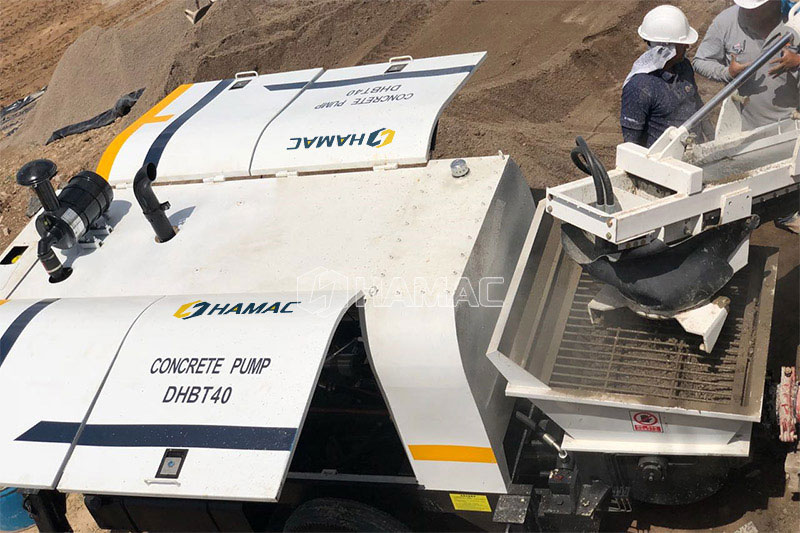
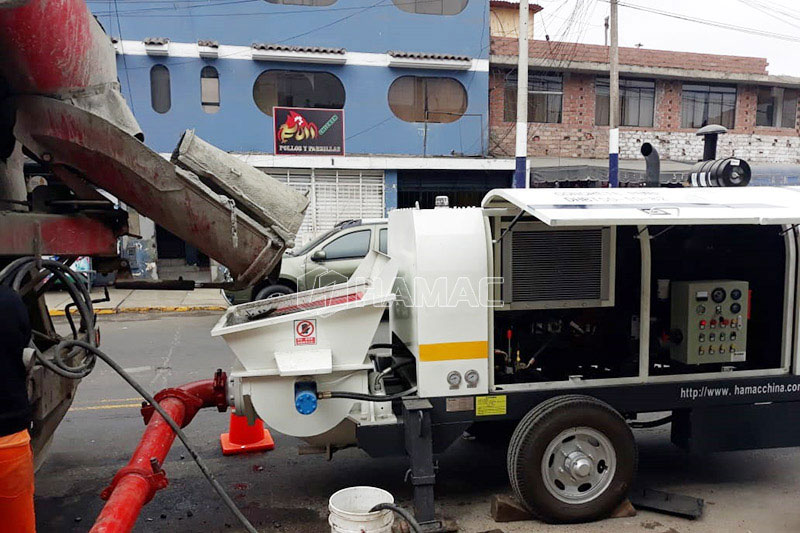
Safety Operation Rules for Portable Concrete Pump Machine
The concrete pump should be placed on a flat and solid ground. And there should be no obstacles around it. After lowering the outriggers and adjusting them, the machine body should be kept level and stable, and the tires should be tightened.
The laying of pumping pipelines should meet the requirements.
Before operation, check and confirm that the bolts of each part of the pump are fastened, that the protective devices are complete and reliable, that the control switches, adjustment handles, handwheels, control rods, cocks, etc. It is stipulated that there is no debris in the mixing bucket, and the protective grid above it is intact and tightly covered.
After starting, it should run without load, observe the indication value of each instrument, check the operation status of the pump and mixing device, and work only after confirming that everything is normal.
The hopper grid should not be filled with concrete, the supply flow shall be controlled, the super-sized aggregate and foreign matter shall be removed in time, and the grid shall not be moved arbitrarily.
Pumping concrete should work continuously. When forced to suspend due to material supply interruption, the downtime shall not exceed 30 minutes. When the pump stop time exceeds the limit, the pipeline should be emptied.
When pumping again after the vertical upward pumping is interrupted, it should be pushed in the reverse direction first, so that the concrete in the distribution valve can be sucked back to the hopper, and then pumped forward after stirring.
Do not adjust the pressure of the hydraulic system at will. When the oil temperature exceeds 70°C, the pumping should be stopped, but the stirring blades and fan should still be running, and then continue to run after cooling down.
During the operation, the pumping equipment and pipelines should be observed, and hidden dangers should be dealt with in time. The pipes, clamps, sealing rings, etc. that are worn beyond the specified should be replaced in time.
Pipeline blockage should be prevented. The pumped concrete should be mixed evenly and the slump should be well controlled. During the pumping process, do not stop the pump halfway.
When the conveying pipe is blocked, reverse pump operation should be carried out to return the concrete to the hopper. When the blockage cannot be eliminated by reverse pumping several times, the pipe should be removed to remove the blockage when the pump is unloaded.
After operation, all the concrete in the hopper and pipeline should be output, and then the pump, hopper, pipeline should be washed.
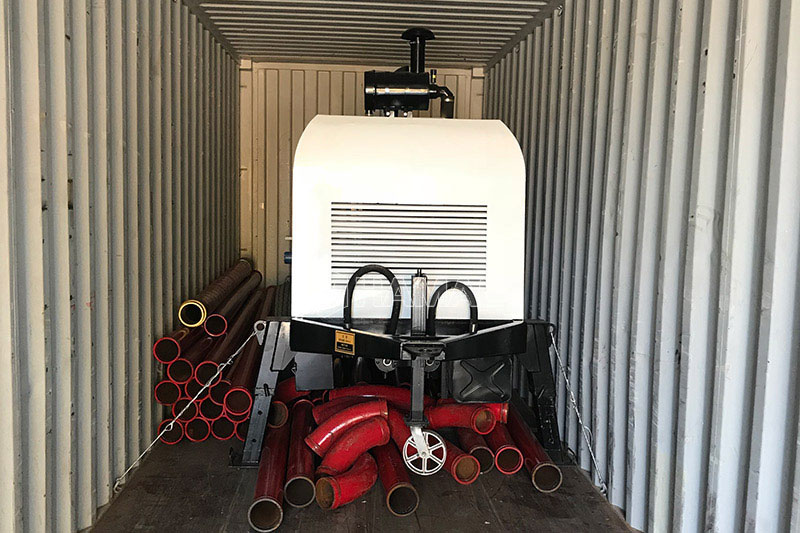
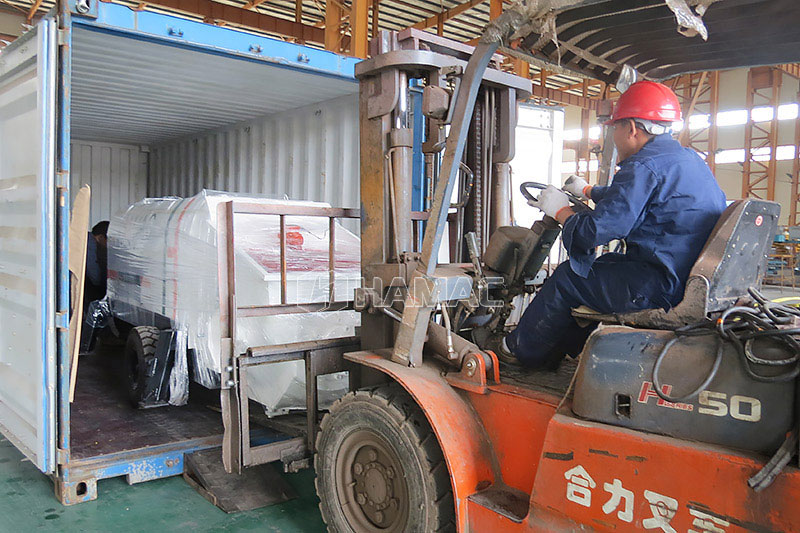
Choose Portable Concrete Pump Supplier - HAMAC
If you plan to buy portable concrete pumps, you need to consider many aspects, such as, the specific requirements of the construction site, budget, after-sales support and manufacturers, etc. If possible, you can go to the factory for inspection, compare the quality and price, and then choose the best supplier. As a reliable and professional concrete pump supplier, our company will be your ideal choice.
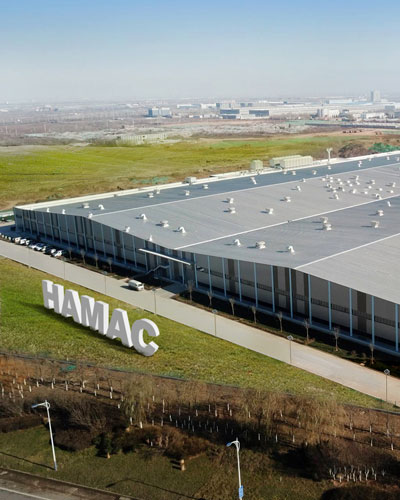
Contact Us
Please fill in the below information. Your information will be kept strictly confidential and will not be used for any purpose other than our business
TEL: 0086-15136236223
EMAIL: [email protected]
SKYPE: hamacchina
ADD: 57th, Kexue Avenue, National HI-TECHIndustrial Development Zone, Zhengzhou,China.
